Hail Caesar Epic Battles is coming, and with it march the Legions of Rome. These disciplined, well-equipped troops will give good service in battle, and you’ll no doubt be wanting to field a mighty host to take the fight to those barbarous Carthaginians – this is good and proper, and we’re certain you’ll make an excellent general! You will, of course, need some commanders to ensure that your orders are properly disseminated to your troops though – there’ll be thousands of men in your army, and you can’t be running around telling them individually what to do, especially not when you’re supposed to be planning a battle! Handily, we’ve prepared a box packed with patricians to allow you to do just this – let’s take a look at the legendary leaders you can find within!
Publius Cornelius Scipio Africanus
We’ll start at the top with the best-known of the Roman commanders of the Punic Wars, and the one about whom is most known – Publius Cornelius Scipio, popularly known by his honorific of Scipio Africanus. Victor of the battles of Ilipa and Zama, conqueror of Carthaginian Iberia (modern-day Spain), and vanquisher of the great Hannibal, Africanus is regarded as one of history’s most capable generals, and in his lifetime was considered by many (including the defeated Hannibal) as comparable to legends such as Alexander the Great.
The son of Consul and commander Publius Cornelius Scipio (for avoidance of confusion we’ll call his father Scipio the Elder) and a scion of one of Rome’s great families, Africanus would initially serve alongside many of his family members, before being appointed to command the campaign in Spain in 210BC. This was an extraordinary step given his youth, and would be followed by spectacular victories. Returning to Rome in 205BC he would be elected Consul despite being technically too young for the office, and would launch his invasion of Africa that year. Proving to be a master of both strategy and tactics, he would win his most famous victory at the Battle of Zama over Hannibal in 202BC, and return to Rome in triumph the following year, already a legendary commander despite being only in his thirties, to continue his political career.
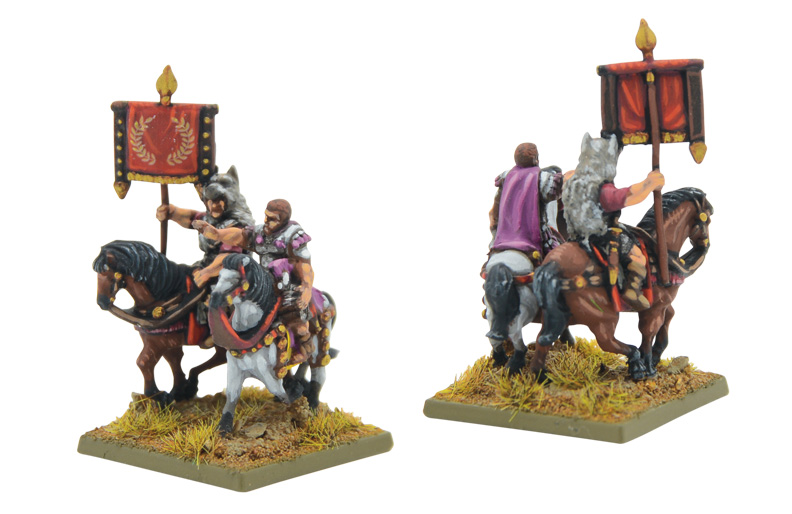
In games of Hail Caesar Epic Battles, Scipio Africanus’ mastery of the battlefield is well represented with a whopping Leadership of 10 and a pair of excellent special rules. Inspiring Orator gives all units in his Division +1 Stamina, so motivated are the men to fight for Scipio, whilst Tactical Diversity increases the effectiveness of units supporting combats from the flanks – Scipio being famed for his ability to reorganise his formations to overlap and overwhelm enemy armies. With all this at his disposal, if you really need to take the fight to the Carthaginians, Scipio Africanus is absolutely your man! Depicted in full armour astride his horse, directing his troops forward into the fray, he’s also a fantastic opportunity to create a centrepiece diorama for your army!
You can also get an alternative sculpt of Scipio Africanus. You’ll find him exclusively in either the Hannibal battle set (along with over 3,100 other model soldiers!), or within the Scipio Africanus’ Republican Roman Legions boxed set. Both are fine entry routes for those wishing to field the legendary legions of Rome on the tabletop with Hail Caesar Epic Battles!
Publius Cornelius Scipio the Elder
As mentioned previously, Scipio Africanus’ father, Publius Cornelius Scipio the Elder, was no slouch in charge of an army either. A true Roman patrician, Scipio the Elder was a popular commander who retained the favour of the people in both victory and defeat. Although outmanoeuvred by Hannibal’s invasion of Italy, he would return swiftly to engage him, and would later find success campaigning alongside his brother Calvus in Spain, winning a number of victories and improving the Roman position in Iberia considerably. This would last until 211, when he was defeated and killed at the Battle of the Upper Baetis, where 20,000 Celtiberian mercenaries in his service were bribed to desert by the Carthaginian general Hasdrubal Barca (brother of Hannibal), leaving him significantly outnumbered.
Shown mounted and armoured for battle, with no little resemblance to his much more famous son, Scipio the Elder has a thoroughly respectable Leadership of 8, while his Strategic Competence rule allows him to redeploy up to three units in his army before the battle begins – perfect for countering any surprise marches Hannibal might try to make!
Claudius Nero
Next we come to Claudius Nero, the hero of the Battle of the Metaurus. A member of the ancient and powerful Claudian family, he would serve extensively in southern Italy in a variety of command roles, earning a reputation as a decent commander and excellent marcher. Following a brief stint in Spain, in which he was replaced by Scipio Africanus, Claudius would be elected Consul in 207BC, alongside his political rival Marcus Livius Salinator, and that same year would see his greatest triumph. Having fought and defeated Hannibal in a relatively minor engagement at Grumentum, Claudius would lead his troops hundreds of kilometres without being detected by the Carthaginians, in order to link up with Livius, who faced off against Hasdrubal Barca, reaching the camp late at night. Now outnumbered, Hasdrubal’s forces attempted to withdraw to reach Hannibal’s army, but the Romans would pursue. Finding his men’s path on the right flank of the Consular force blocked by a ravine, Claudius would execute another rapid, decisive movement, bringing his division across the battlefield to the left flank and falling on the retreating Carthaginians – this began a collapse that resulted in the death of Hasdrubal and the defeat of his army. The Battle of the Metaurus is regarded as a pivotal moment of the Second Punic Wars, representing a definite swing in the favour of Rome, and Claudius was the hero of the hour.
Our figure has him in full flow, cloak billowing behind him as he leads his troops to glory, and his rules certainly do this reputation justice. A Leadership of 9 is always an asset on the battlefield, but his Quick March special rule is where Claudius Nero really shines, allowing his units to make one more move than their order test would usually allow… provided they’re moving towards the enemy or laterally across the battlefield!
Sempronius Longus
Next up is Tiberius Sempronius Longus, who served as Consul in 218BC alongside Scipio the Elder. Ordered to secure Sicily against Carthaginian attacks with two legions while Scipio engaged Hannibal directly in Iberia, Sempronius was able to capture Malta, but Hannibal’s audacious march across the Alps into Italy and defeat of Scipio at Ticinus necessitated his return to the mainland. Impetuous and determined to force a decisive engagement with the Carthaginians, Sempronius would face off against Hannibal at the Battle of the Trebia, where his army charged headlong into a trap. Outflanked by forces led by Hannibal’s brother Mago, Sempronius’ army collapsed and suffered horrendous casualties. Despite the crushing defeat inflicted on his forces, Sempronius and 10,000 of his infantry were able to hack their way clear, fighting all the way through the rear of the Carthaginian force to safety. This did not prove fatal to his military career, and he would later command with Claudius Nero at Grumentum, before disappearing from the historical record around 215BC.
Depicted mounted and armed for war, Sempronius has an excellent Leadership of 9, and befitting his desire to get to grips with Hannibal, his Consumed with Ambition special rule grants all heavy and medium units in his army the Eager rule.
Gaius Terentius Varro
Finally for the named Republican Roman commanders we have Gaius Terentius Varro. A rarity in the period, Varro was the son of a butcher, who had used his inheritance to embark upon a populist political career, trading on his skill as a speaker and common background to build a base of support among the plebians. Elected Consul in 216BC, he was in command of the Roman army at Cannae and his inexperience as a general would greatly contribute to one of the most crushing defeats in military history, and arguably Hannibal Barca’s finest hour.
This is reflected with a Leadership value of 8 – not great, not terrible – while his support from the lower orders of society allows him to add a free unit of Hastati and Principes to his division (albeit of a slightly lower quality than ‘regular’ troops) as people flock to his banner.
Attendants
In addition to these famous historical figures, the pack also contains a number of unnamed attendants, the kind of people who always seem to gather around the heroes and villains of history. A pair of Signifers, one foot and one mounted, carrying Legion standards, make perfect accompaniments on a base for any of the men above, lending them extra gravitas on the field of battle, while servants bearing refreshments are on hand to make sure that your commanders stay hydrated in the heat of battle – it does not behoove a true patrician to faint from dehydration and heatstroke, after all! Finally, we have the Praeco (auctioneer) and attendants. Something about this chap looks familiar… something about honest bread for honest Romans?
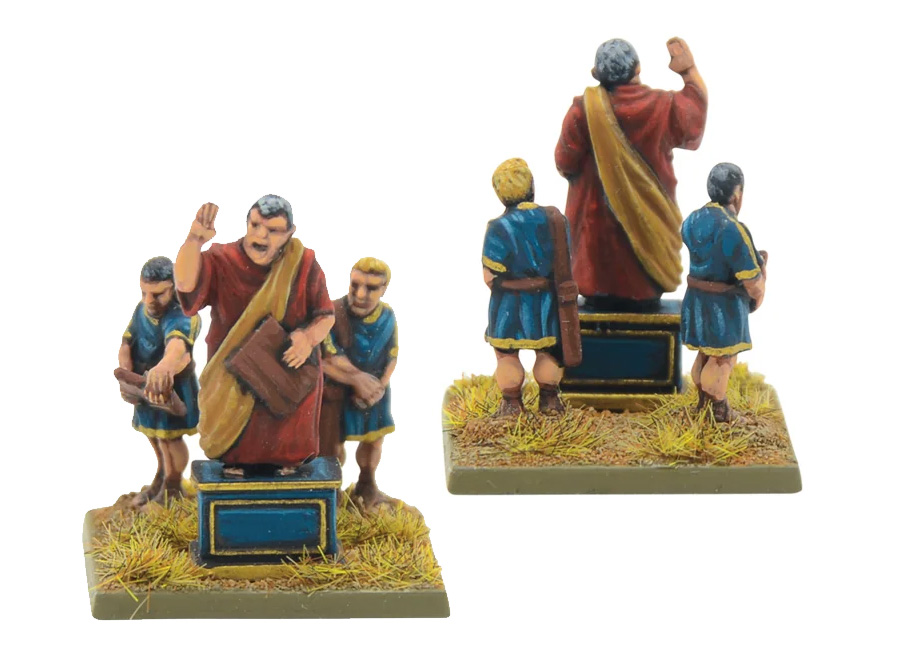
Order Your Commanders Today
Also Available:
Republican Roman Division:
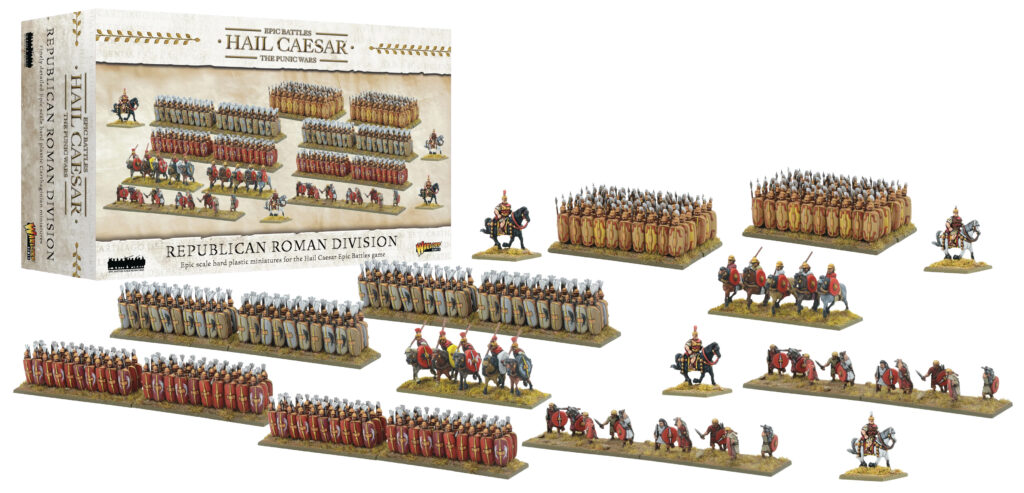
Republican Roman Casualty Markers:
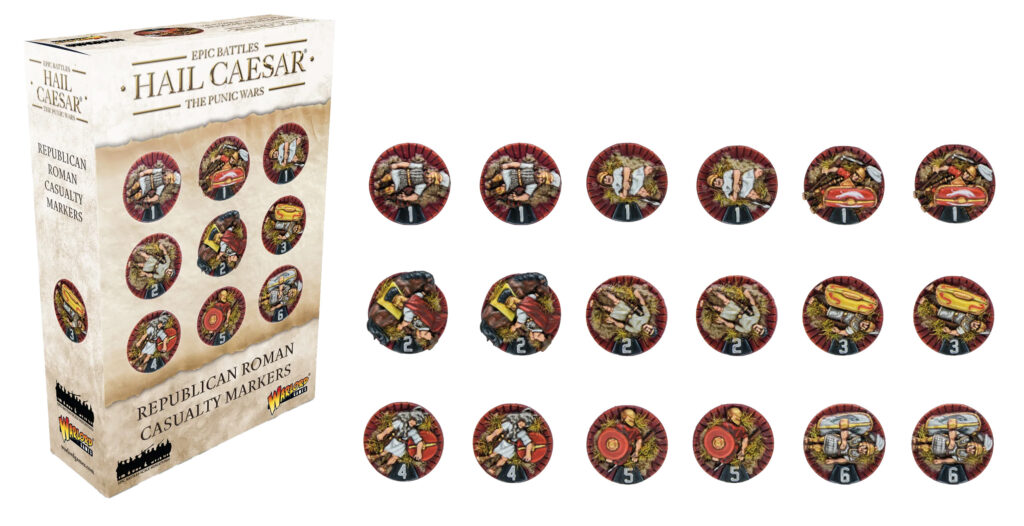
Scipio Africanus’ Roman Legions:
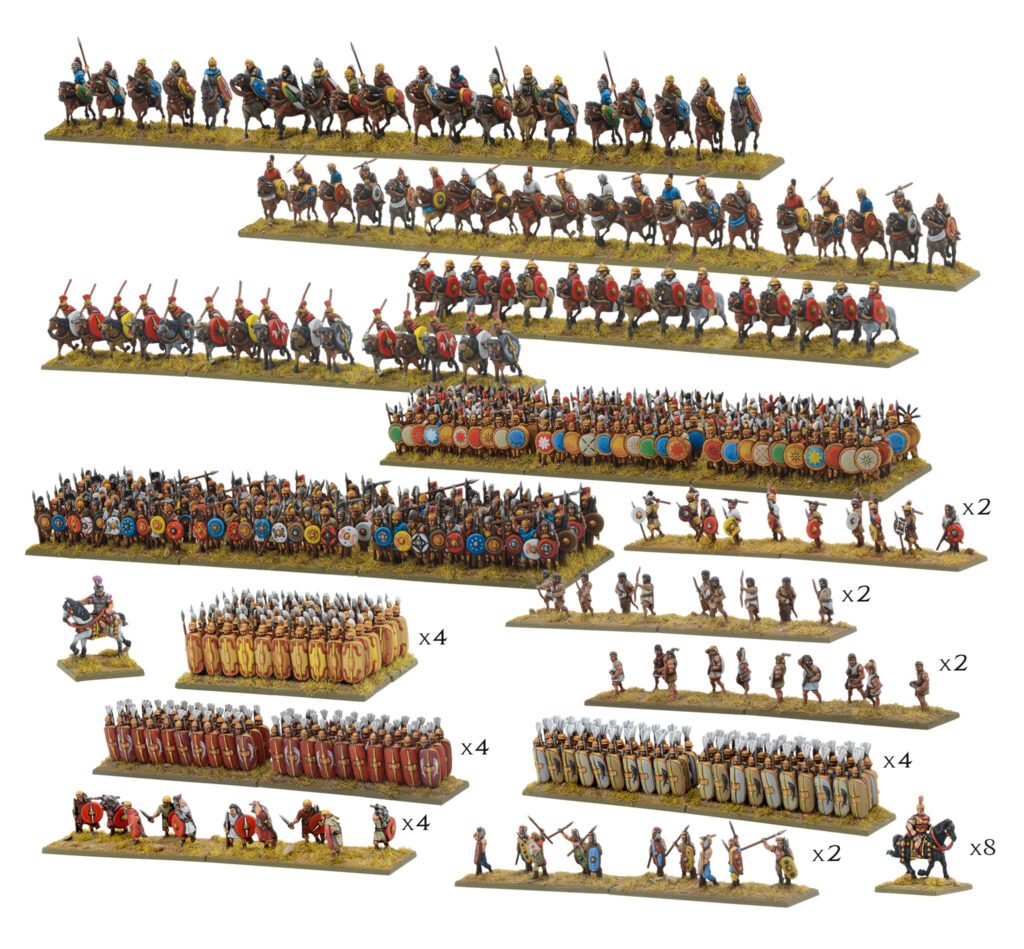
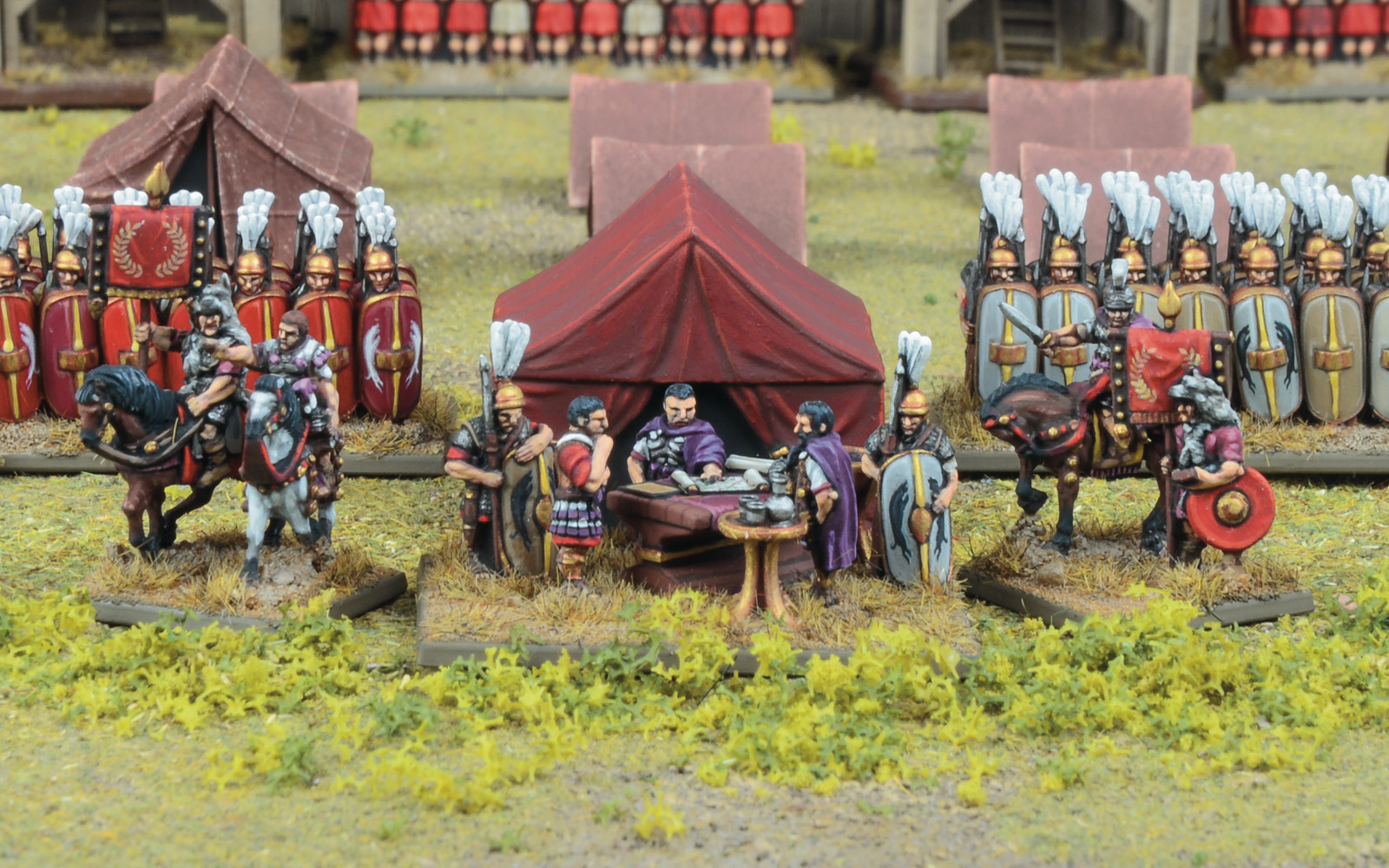
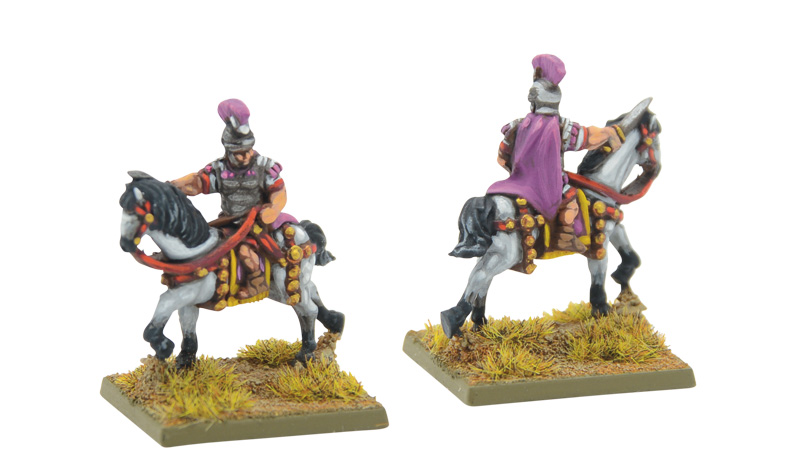
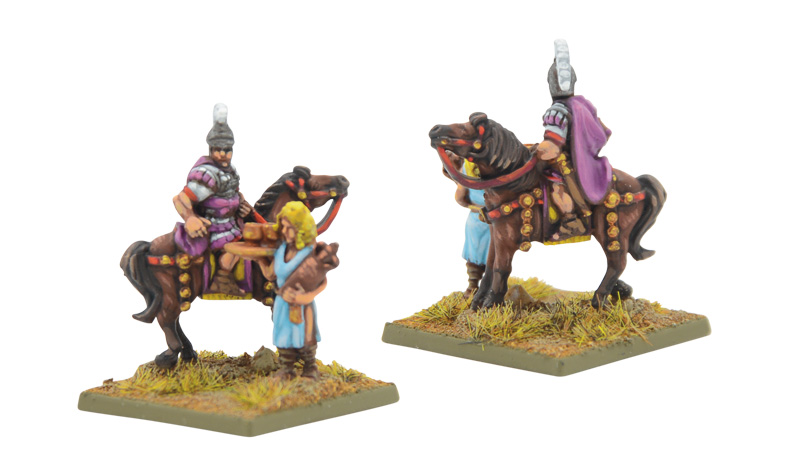
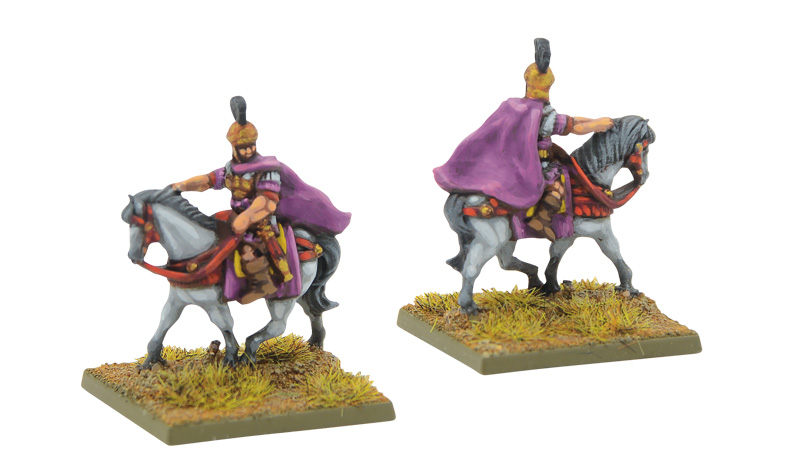
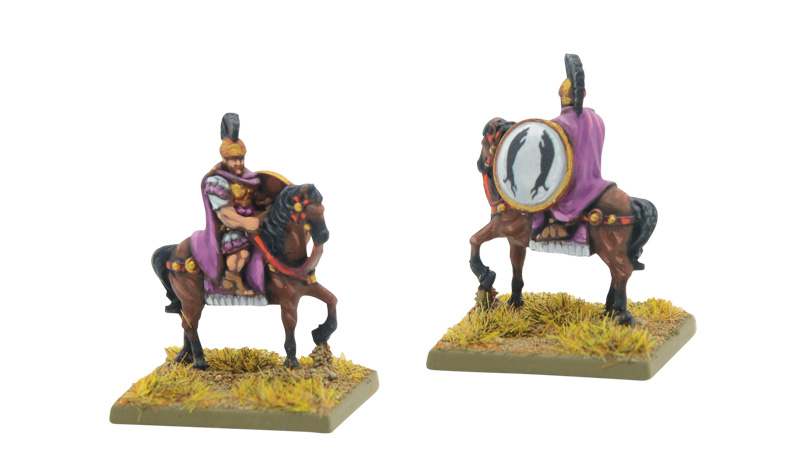
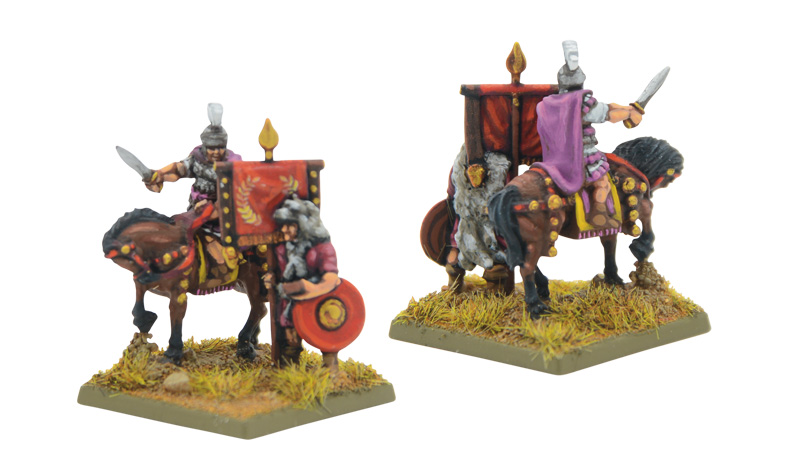
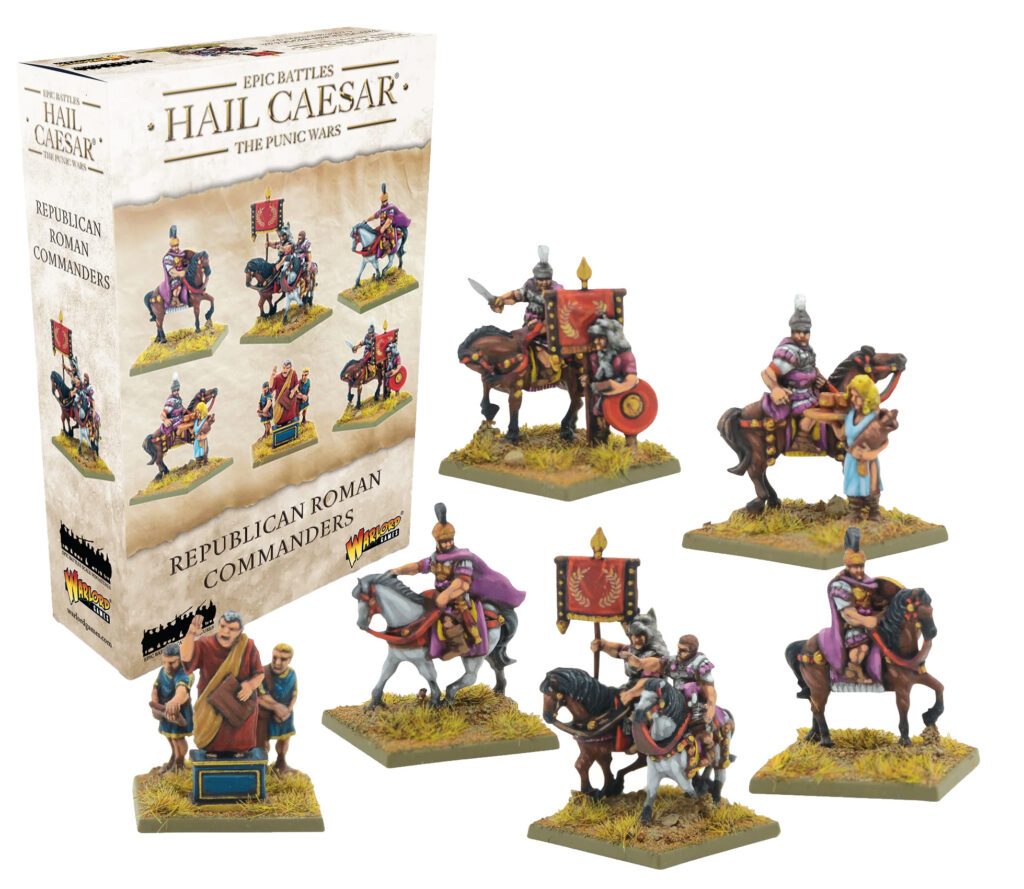
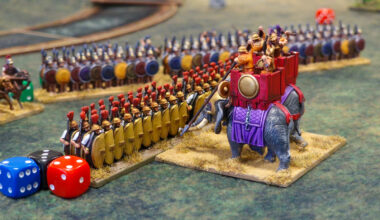
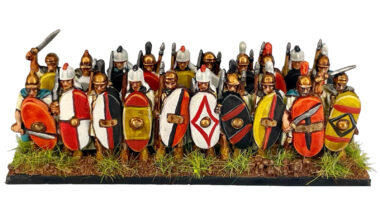
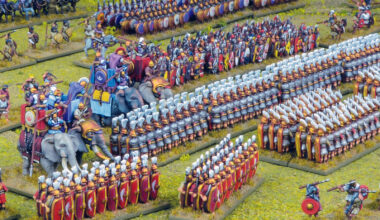
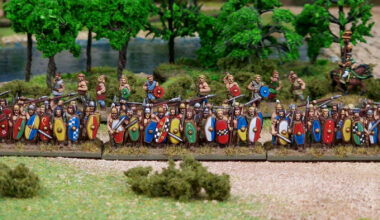
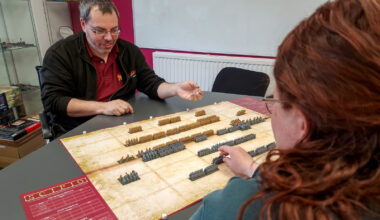
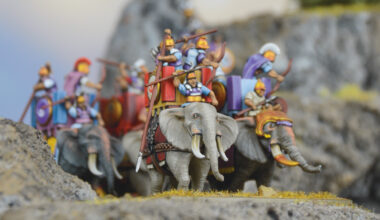
1 comment
Useful background reading thanks!
Comments are closed.